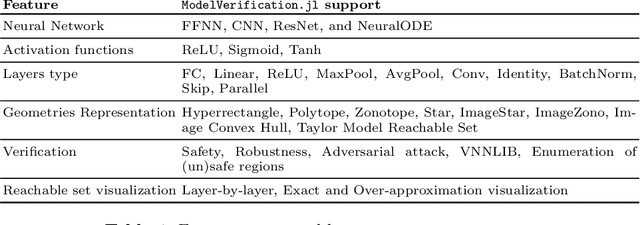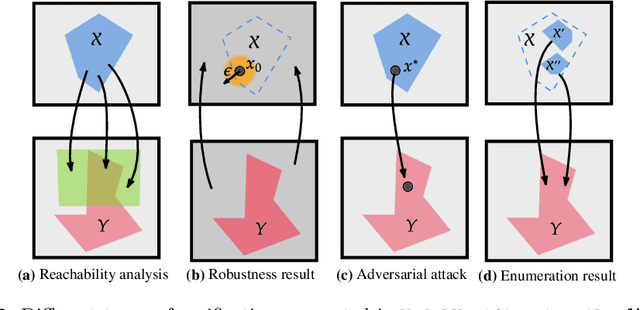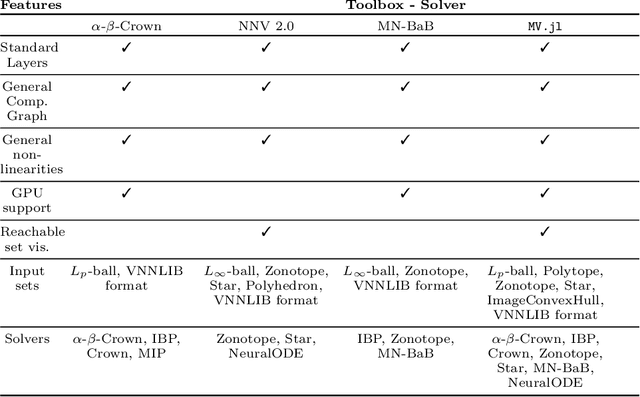Peizhi Niu
3DGS-IEval-15K: A Large-scale Image Quality Evaluation Database for 3D Gaussian-Splatting
Jun 17, 2025Abstract:3D Gaussian Splatting (3DGS) has emerged as a promising approach for novel view synthesis, offering real-time rendering with high visual fidelity. However, its substantial storage requirements present significant challenges for practical applications. While recent state-of-the-art (SOTA) 3DGS methods increasingly incorporate dedicated compression modules, there is a lack of a comprehensive framework to evaluate their perceptual impact. Therefore we present 3DGS-IEval-15K, the first large-scale image quality assessment (IQA) dataset specifically designed for compressed 3DGS representations. Our dataset encompasses 15,200 images rendered from 10 real-world scenes through 6 representative 3DGS algorithms at 20 strategically selected viewpoints, with different compression levels leading to various distortion effects. Through controlled subjective experiments, we collect human perception data from 60 viewers. We validate dataset quality through scene diversity and MOS distribution analysis, and establish a comprehensive benchmark with 30 representative IQA metrics covering diverse types. As the largest-scale 3DGS quality assessment dataset to date, our work provides a foundation for developing 3DGS specialized IQA metrics, and offers essential data for investigating view-dependent quality distribution patterns unique to 3DGS. The database is publicly available at https://github.com/YukeXing/3DGS-IEval-15K.
GUARD: Guided Unlearning and Retention via Data Attribution for Large Language Models
Jun 12, 2025Abstract:Unlearning in large language models (LLMs) is becoming increasingly important due to regulatory compliance, copyright protection, and privacy concerns. However, a key challenge in LLM unlearning is unintended forgetting, where the removal of specific data inadvertently impairs the utility of the model and its retention of valuable, desired information. While prior work has primarily focused on architectural innovations, the influence of data-level factors on unlearning performance remains underexplored. As a result, existing methods often suffer from degraded retention when forgetting high-impact data. To address this, we propose GUARD-a novel framework for Guided Unlearning And Retention via Data attribution. At its core, GUARD introduces a lightweight proxy data attribution metric tailored for LLM unlearning, which quantifies the "alignment" between the forget and retain sets while remaining computationally efficient. Building on this, we design a novel unlearning objective that assigns adaptive, nonuniform unlearning weights to samples, inversely proportional to their proxy attribution scores. Through such a reallocation of unlearning power, GUARD mitigates unintended losses in retention. We provide rigorous theoretical guarantees that GUARD significantly enhances retention while maintaining forgetting metrics comparable to prior methods. Extensive experiments on the TOFU benchmark across multiple LLM architectures demonstrate that GUARD substantially improves utility preservation while ensuring effective unlearning. Notably, GUARD reduces utility sacrifice on the Retain Set by up to 194.92% in terms of Truth Ratio when forgetting 10% of the training data.
Do LLMs Really Forget? Evaluating Unlearning with Knowledge Correlation and Confidence Awareness
Jun 06, 2025Abstract:Machine unlearning techniques aim to mitigate unintended memorization in large language models (LLMs). However, existing approaches predominantly focus on the explicit removal of isolated facts, often overlooking latent inferential dependencies and the non-deterministic nature of knowledge within LLMs. Consequently, facts presumed forgotten may persist implicitly through correlated information. To address these challenges, we propose a knowledge unlearning evaluation framework that more accurately captures the implicit structure of real-world knowledge by representing relevant factual contexts as knowledge graphs with associated confidence scores. We further develop an inference-based evaluation protocol leveraging powerful LLMs as judges; these judges reason over the extracted knowledge subgraph to determine unlearning success. Our LLM judges utilize carefully designed prompts and are calibrated against human evaluations to ensure their trustworthiness and stability. Extensive experiments on our newly constructed benchmark demonstrate that our framework provides a more realistic and rigorous assessment of unlearning performance. Moreover, our findings reveal that current evaluation strategies tend to overestimate unlearning effectiveness. Our code is publicly available at https://github.com/Graph-COM/Knowledge_Unlearning.git.
DMol: A Schedule-Driven Diffusion Model for Highly Efficient and Versatile Molecule Generation
Apr 08, 2025Abstract:We introduce a new graph diffusion model for small molecule generation, \emph{DMol}, which outperforms the state-of-the-art DiGress model in terms of validity by roughly $1.5\%$ across all benchmarking datasets while reducing the number of diffusion steps by at least $10$-fold, and the running time to roughly one half. The performance improvements are a result of a careful change in the objective function and a ``graph noise" scheduling approach which, at each diffusion step, allows one to only change a subset of nodes of varying size in the molecule graph. Another relevant property of the method is that it can be easily combined with junction-tree-like graph representations that arise by compressing a collection of relevant ring structures into supernodes. Unlike classical junction-tree techniques that involve VAEs and require complicated reconstruction steps, compressed DMol directly performs graph diffusion on a graph that compresses only a carefully selected set of frequent carbon rings into supernodes, which results in straightforward sample generation. This compressed DMol method offers additional validity improvements over generic DMol of roughly $2\%$, increases the novelty of the method, and further improves the running time due to reductions in the graph size.
ModelVerification.jl: a Comprehensive Toolbox for Formally Verifying Deep Neural Networks
Jun 30, 2024



Abstract:Deep Neural Networks (DNN) are crucial in approximating nonlinear functions across diverse applications, ranging from image classification to control. Verifying specific input-output properties can be a highly challenging task due to the lack of a single, self-contained framework that allows a complete range of verification types. To this end, we present \texttt{ModelVerification.jl (MV)}, the first comprehensive, cutting-edge toolbox that contains a suite of state-of-the-art methods for verifying different types of DNNs and safety specifications. This versatile toolbox is designed to empower developers and machine learning practitioners with robust tools for verifying and ensuring the trustworthiness of their DNN models.
Graph Transductive Defense: a Two-Stage Defense for Graph Membership Inference Attacks
Jun 12, 2024



Abstract:Graph neural networks (GNNs) have become instrumental in diverse real-world applications, offering powerful graph learning capabilities for tasks such as social networks and medical data analysis. Despite their successes, GNNs are vulnerable to adversarial attacks, including membership inference attacks (MIA), which threaten privacy by identifying whether a record was part of the model's training data. While existing research has explored MIA in GNNs under graph inductive learning settings, the more common and challenging graph transductive learning setting remains understudied in this context. This paper addresses this gap and proposes an effective two-stage defense, Graph Transductive Defense (GTD), tailored to graph transductive learning characteristics. The gist of our approach is a combination of a train-test alternate training schedule and flattening strategy, which successfully reduces the difference between the training and testing loss distributions. Extensive empirical results demonstrate the superior performance of our method (a decrease in attack AUROC by $9.42\%$ and an increase in utility performance by $18.08\%$ on average compared to LBP), highlighting its potential for seamless integration into various classification models with minimal overhead.
 Add to Chrome
Add to Chrome Add to Firefox
Add to Firefox Add to Edge
Add to Edge